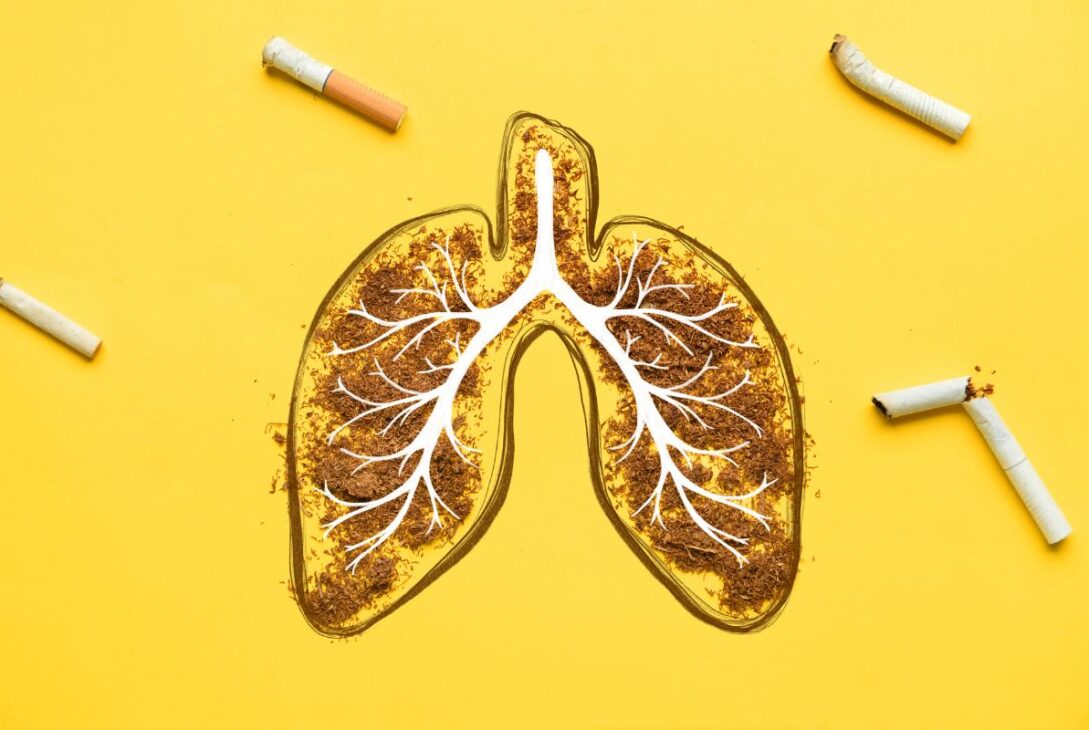Tobacco use remains a significant public health concern globally, contributing to preventable deaths and a range of health problems. Despite widespread knowledge of its risks, tobacco-related illnesses persist, necessitating a deeper understanding of their impact and ways to address them effectively.
In this article, we explore crucial information regarding tobacco-related health issues, including prevalence, health consequences, and strategies for prevention and cessation.
Prevalence of Tobacco Use
Tobacco use is prevalent worldwide, with millions of individuals using various tobacco products regularly. According to the World Health Organization (WHO), approximately 1.3 billion people smoke, with additional users of smokeless tobacco products such as chewing tobacco and snuff.
The prevalence of tobacco use varies across demographics and regions, with higher rates in low- and middle-income countries due to aggressive marketing and lax regulation by tobacco companies.
Health Consequences of Tobacco Use
The health consequences of tobacco use are extensive and well-documented, encompassing a range of diseases and conditions:
- Cancer: Tobacco smoke contains carcinogens that increase the risk of developing lung, throat, mouth, and pancreatic cancer, among others. Smoking is responsible for the majority of lung cancer cases globally.
- Cardiovascular diseases: Tobacco use contributes to heart disease, stroke, and peripheral vascular disease by damaging blood vessels and promoting plaque buildup, increasing the risk of heart attacks and strokes.
- Respiratory diseases: Smoking impairs lung function and is a primary cause of chronic obstructive pulmonary disease (COPD), including emphysema and chronic bronchitis. It also exacerbates asthma symptoms and raises the risk of respiratory infections.
- Reproductive health issues: Tobacco use negatively affects reproductive health, leading to infertility, pregnancy complications, and congenital disabilities. Pregnant women who smoke face increased risks of miscarriage, stillbirth, and delivering low birth weight infants.
- Other health effects: Tobacco use is linked to tooth decay, gum disease, vision loss, and weakened immune function, exacerbating existing medical conditions and reducing life expectancy.
Secondhand Smoke Exposure
Exposure to secondhand smoke poses significant health risks, particularly to non-smokers, including children and individuals with preexisting health conditions. Secondary smoke inhalation can lead to respiratory infections, cardiovascular diseases, and lung cancer, mirroring the risks associated with direct smoking.
Children exposed to secondhand smoke are especially vulnerable, experiencing higher rates of asthma, respiratory infections, and sudden infant death syndrome (SIDS). Implementing smoke-free policies in public spaces is crucial for protecting non-smokers from these harmful effects.
Tobacco Control Policies and Interventions
To address the tobacco epidemic, governments and public health organizations have implemented various policies and interventions:
- Tobacco taxation: Increasing taxes on tobacco products reduces consumption, particularly among youth and low-income populations, while generating revenue for tobacco control programs and healthcare services.
- Smoke-free laws: Implementing smoke-free laws in public places and workplaces protects non-smokers from secondhand smoke exposure and encourages tobacco cessation.
- Advertising and promotion bans: Restricting tobacco product advertising prevents tobacco companies from targeting vulnerable populations, especially children and adolescents.
- Mass media campaigns: Educational campaigns raising awareness of tobacco’s health risks and promoting cessation services can change social norms and attitudes toward smoking.
- Access to cessation services: Providing access to evidence-based cessation interventions, including counseling and medications, supports individuals in quitting smoking and overcoming nicotine addiction.
Despite progress, challenges remain, including the rise of new tobacco products, aggressive marketing tactics, and insufficient funding for tobacco control programs.
Conclusion
Tobacco-related health issues pose a significant threat to public health worldwide, necessitating concerted efforts to address them effectively. By understanding the key facts about tobacco use and implementing comprehensive tobacco control measures, we can reduce the prevalence of tobacco-related illnesses and improve overall health and well-being. Collaboration between governments, healthcare providers, and civil society is essential in creating a tobacco-free future for future generations.
Last modified: February 21, 2024






